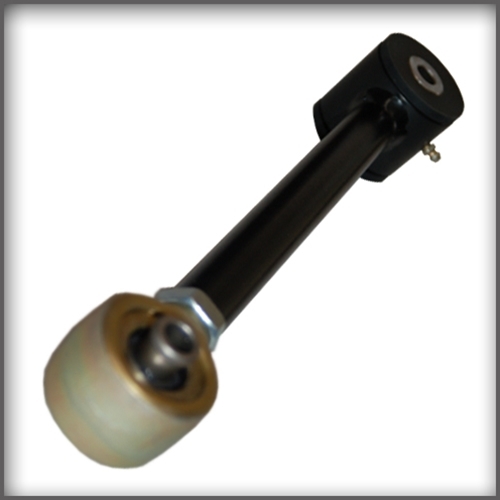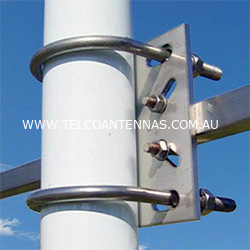
A good antenna design and deployment tries to minimize those losses. But in any antenna system there are losses. If every ohm of resistance was radiation resistance then the antenna would be 100% efficient. Radiation resistance is the resistance to the current flow resulting from the important work of putting out our RF signal. Here’s the definition of antenna efficiency:įigure 1. What do we mean by that? We mean that the total losses in our antenna from wire resistance, and any reactance (an opposition to AC current flow) is less than 3% of the total resistance. A dipole hung high in the air using a low-resistance wire can be as much as 97% efficient. Dipoles are very good antennas, and if deployed properly, they can be very efficient. When we evaluate an antenna we often compare it to a properly hung dipole. And, as we know, RF current is what makes RF waves. In a world where we could have a flat copper disk sitting below our vertical antenna extending off to the horizon, we would not have too many concerns about our “ground.” Such as ground would have very low electrical resistance, about that of copper wire, and would, therefore, carry our RF current well.

The more interesting, and perhaps more important part of the story is the other half of the antenna system: the ground, for it is the ground that acts as the “other half” of the antenna. The vertical radiator is important, of course, but it can be no more than half the story.


The radiator is about a quarter of a wavelength for the desired center frequency, and can be a wire, set or cage of wires, or a pole, typically made of aluminum. One of the simplest antennas to have, and to model, is the quarter-wave vertical. Vertical antenna systems, losses, and efficiency


 0 kommentar(er)
0 kommentar(er)
